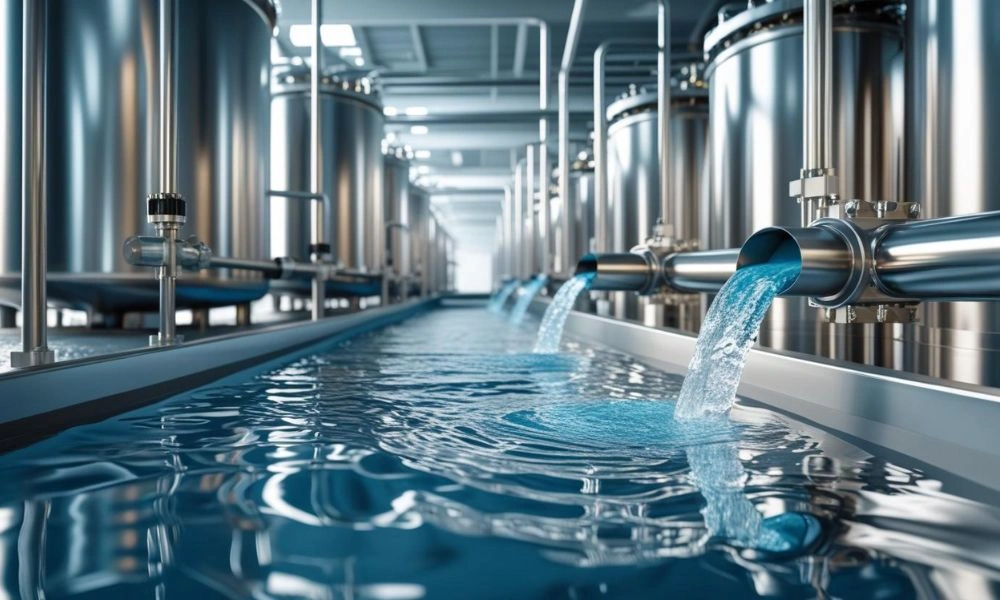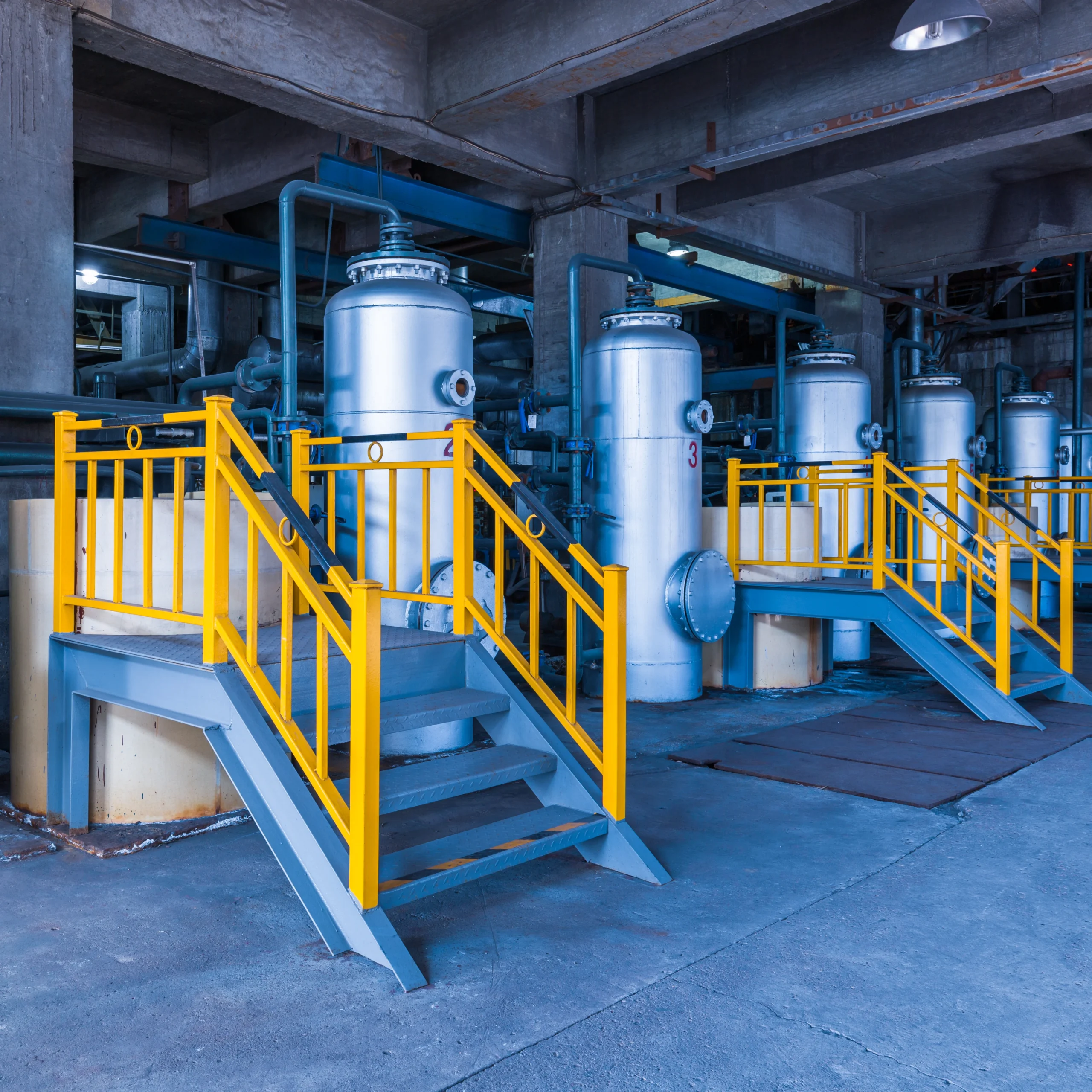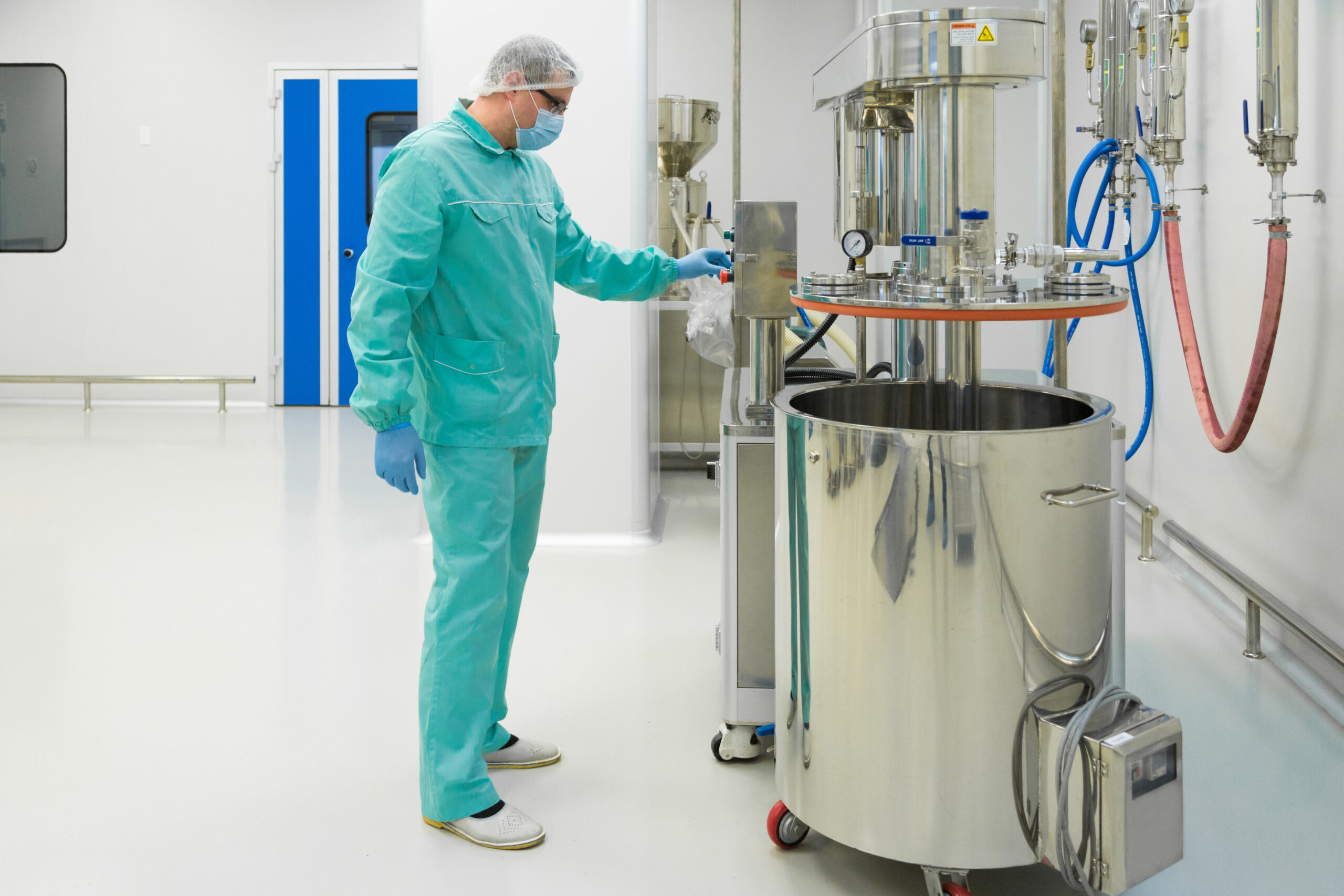Color in industrial and municipal wastewater is a major concern for water quality and compliance. Advanced water treatment technologies—like AOP, adsorption, and membrane filtration—effectively remove color-causing compounds, improving water clarity, safety, and reuse potential. This article explores methods, benefits, and real-world impact of color removal in boosting overall water quality.
Why Is Colour Removal in Water So Important?
Discoloration of water in industrial waste isn’t merely an aesthetic imperfection—it’s usually a manifestation of chemical contamination. Wastewater from most industries, including textile, paper, pharmaceutical, and dyes, may carry persistent synthetic chemicals that are not removed by conventional treatment. These chemicals not only impair the transparency of the water but also make it impossible to reuse and contaminate natural water sources when released untreated.Advanced water treatment tackles this problem by stripping color-forming contaminants, rendering the water safe for discharge or reuse, and conforming to local environmental regulations such as Pakistan’s NEQS standards.
Drinking/Industrial Water Treatment System
What Produces Colour in Industrial Wastewater?
Colour in water typically results from:
- Artificial dyes in textile and chemical production
- Natural organics such as lignin and tannins
- Heavy metals such as iron and manganese
- Industrial solvents and by-products
These chemicals are usually non-biodegradable and do not leave water even after biological treatment, so physical or chemical treatment becomes necessary.
How Advanced Water Treatment Reduces Colour
Various technologies are utilized to remove color from water. These sophisticated systems are very effective and versatile across industrial uses:
1. Advanced Oxidation Processes (AOP)
AOPs employ oxidants such as ozone (O₃), hydrogen peroxide (H₂O₂), or UV light to produce free radicals. These radicals degrade complex dye molecules into smaller, less toxic compounds.
Advantages:
- Efficacious in treating high-strength dyes
- Forms very little sludge
- Enhances biodegradability of wastewater
2. Electrocoagulation (EC)
The process employs electric current to destabilize and aggregate color-inducing particles, which are subsequently removed by sedimentation or flotation.
Advantages:
- Eco-friendly, no chemicals added
- Effective for dyes and heavy metals
- Does not produce as much sludge as conventional coagulation
3. Activated Carbon Adsorption
Activated carbon possesses a porous surface that traps colored molecules from water.
Advantages:
- Removes color and odor
- Suitable for final polishing of treated effluent
- Can be reused once regenerated
4. Membrane Filtration (UF/NF/RO)
These processes remove color-forming compounds through physical barriers.
Advantages:
- Produces high-purity water
- Chemical-free process
- Suitable for recycling and reuse of water
Moving Bed Biofilm Reactor
Moving Bed Biofilm Reactor Moving Bed Biofilm Reactor (MBBR) is an advanced biological wastewater treatment process that integrates biofilm carrier technology with the conventional activated sludge method. This highly effective treatment system is designed to
Moving Bed Biofilm Reactor
Comparison of Treatment Technologies
| Technology | Best For | Key Advantage | Limitation |
|---|---|---|---|
| AOP | Industrial dyes/organics | Powerful oxidation | High energy/chemical cost |
| Electrocoagulation | Textile/pharma effluents | Eco-friendly, low sludge | Needs regular maintenance |
| Activated Carbon | Final polishing | Simple and reusable | Requires regeneration |
| Membrane Filtration | High-purity reuse systems | Ultra-clear water | Prone to membrane fouling |
Advantages of Colour Removal via Advanced Water Treatment
- Cleanser water: Enhances turbidity and aesthetic appeal
- Environmental regulation compliance: Particularly NEQS and EPA
- Secure reuse: Treated water for cooling tower use, washing systems, or irrigation
- Reduced sludge production: Particularly with AOP and EC technologies
Improved public and environmental health: By minimizing chemical and biological hazards
Restrictions and Challenges
Although effective, these advanced systems do have some limitations:
- High initial investment: Particularly for AOP and membrane configurations
- Energy consumption: Sophisticated systems tend to use more energy
- Maintenance requirements: Electrodes and membranes need regular maintenance
- Chemical hazards: Certain processes entail chemical handling that needs trained personnel
Industrial Case Study: Lahore Textile Industry
One textile factory in Lahore installed a hybrid system integrating electrocoagulation with activated carbon. Results were stunning:
- More than 95% color removal
- 70% of treated water recycled in fabric rinsing
- Sludge formation decreased by 60% as against conventional systems
- Better compliance with NEQS and better corporate reputation
This is an illustration of how the implementation of better systems enhances water quality, reduces operation expenses, and increases sustainability.
How Colour Removal Enhances Water Quality?
When color removal occurs, water quality gets better in the following ways:
- Clarity (Turbidity): Water that is cleaner and contains fewer suspended particles
- Chemical Safety: Lower levels of toxic substances
- Aesthetic Value: Odorless, colorless water is more acceptable
- Reuse Readiness: Treated water becomes available for non-potable reuse
- Environmental Impact: Cleaner discharge protects aquatic life
Why Choose WCSP for Colour Removal Solutions?
Water Care Services Pakistan (WCSP) is a leading company that delivers ISO-certified, high-performance treatment systems. The organization excels in:
- Electrocoagulation, bioremediation, and AOP technologies
- Custom-designed turnkey systems for industrial clients
- Low-maintenance, energy-efficient solutions
- Guaranteed NEQS compliance
With an in-depth knowledge of Pakistan’s industrial and environmental scenario, WCSP is your reliable partner for state-of-the-art color removal systems.
Conclusion
Colour removal goes beyond looks—it’s critical for sustainability, compliance, and water reuse. Whether textiles, chemicals, or food processing, colour removal guarantees cleaner processes and a superior environmental impact. With state-of-the-art water treatment technologies and skilled partners such as WCSP, industries in Pakistan can have cleaner, safer, and more efficient water management.
Frequently Asked Questions (FAQs)
1. Why is colour removal in water important?
Colour indicates chemical contamination, affects reuse, and harms ecosystems. Removing it ensures water safety, compliance with regulations, and protects both public health and the environment.
2. What causes colour in industrial wastewater?
Colour usually comes from synthetic dyes, organics like tannins, metals such as iron, and chemical by-products. These pollutants resist biodegradation and require advanced treatment technologies.
3. What is Advanced Oxidation Process (AOP)?
AOP uses strong oxidants like ozone or UV light to break down color-causing molecules. It’s highly effective, produces little sludge, and improves water biodegradability.
4. How does electrocoagulation remove colour?
Electrocoagulation applies electric current to destabilize particles in colored water. These particles clump and settle out, effectively removing color, metals, and suspended solids.
5. Why use activated carbon for colour removal?
Activated carbon captures colored and odorous compounds through adsorption. It’s best for polishing and is reusable after regeneration, making it ideal for finishing treated water.
6. What is membrane filtration in water treatment?
Membrane systems like UF, NF, and RO physically filter out color-causing compounds. They’re chemical-free, produce high-purity water, and support efficient reuse cycles.
7. What are the benefits of colour removal in wastewater?
It improves appearance, enables reuse, ensures environmental compliance, lowers sludge, and enhances water safety—crucial for industrial operations and community health.
8. What challenges are linked to advanced colour removal?
These include high initial costs, energy consumption, regular maintenance, and chemical handling. However, long-term benefits often outweigh these challenges for industries.
9. How has colour treatment worked in Pakistan’s industries?
A Lahore textile plant used EC with activated carbon, achieving 95% color removal and 70% water reuse, reducing sludge and meeting NEQS standards efficiently.
10. Why choose WCSP for colour removal systems?
WCSP offers certified, eco-efficient treatment systems customized for industrial needs, including AOP and EC. They ensure NEQS compliance with reliable support and sustainable performance.



